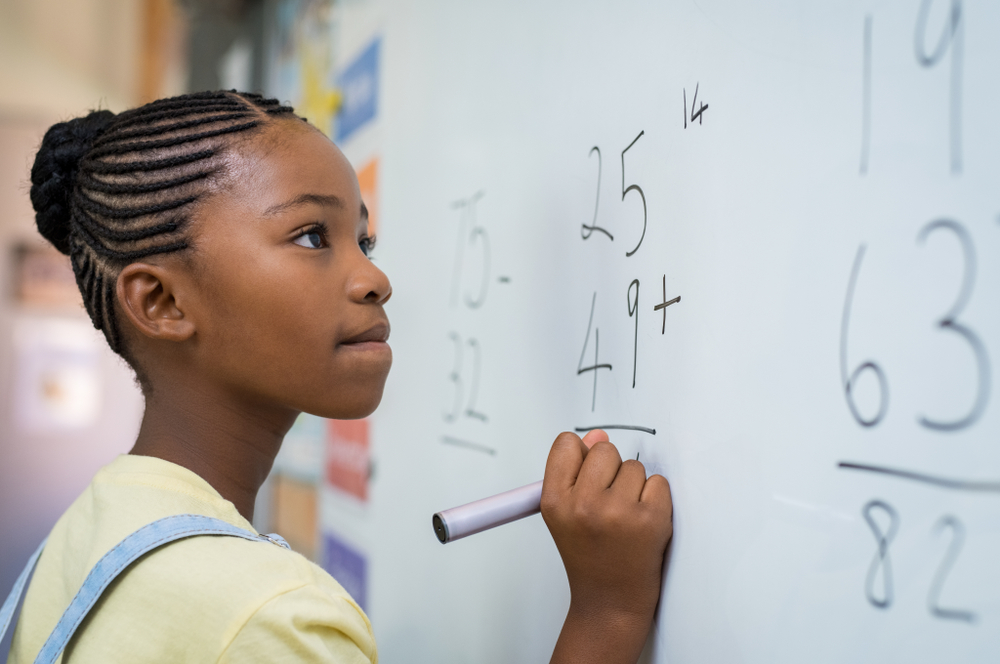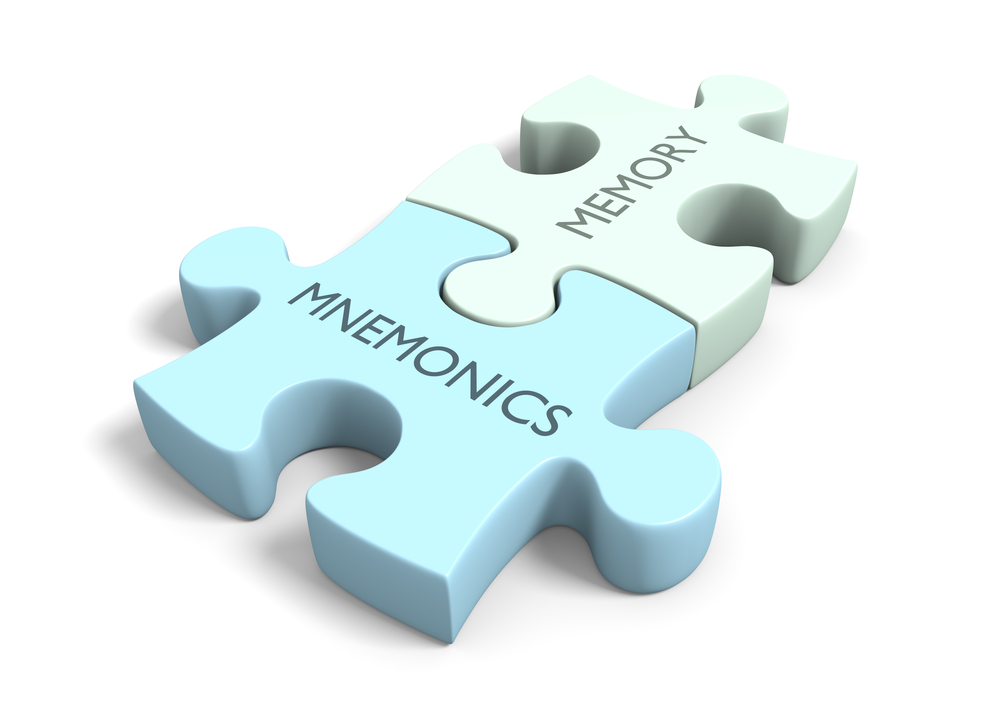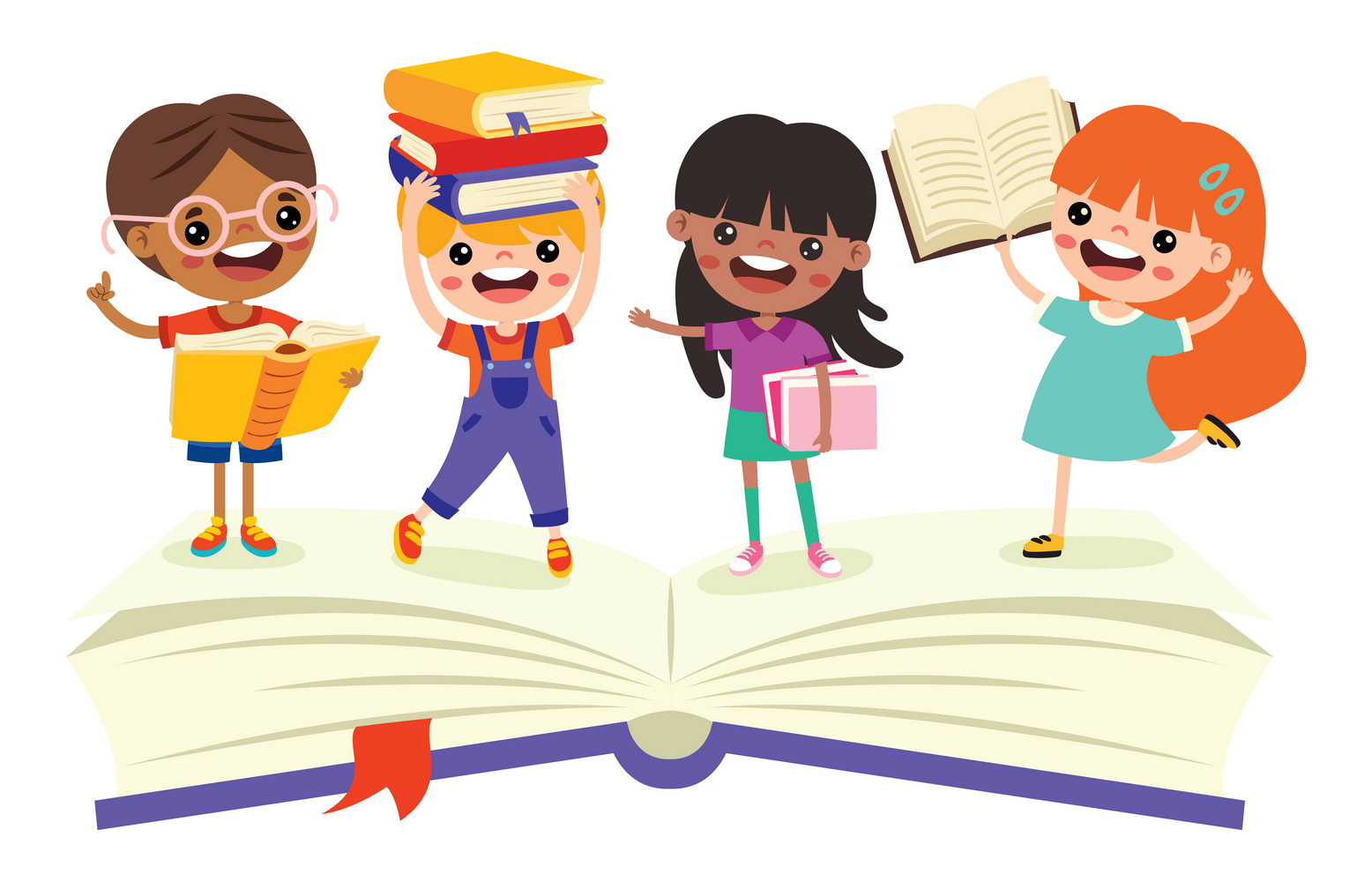Strategies for Teaching Subtraction with Regrouping
Nov. 15, 2019
Whether you’re a parent or a teacher, teaching subtraction with regrouping is tough! Once referred to as “borrowing”, chances are that as an adult, you have learned regrouping as a simple technique to subtract two- or three-digit numbers without any explanation as to why one might do need to “borrow” from the other column. This might seem like a simple trick to get kids subtracting quickly, but it does nothing to explain the process or concept behind it.

As we have talked about in previous articles, math instruction has fundamentally changed, and for the better! In today’s classroom, you will find students who understand the mathematics concepts behind the processes they’re learning, and kids today and explain why they perform certain functions while solving problems. This shift in pedagogy is huge when it comes to your child’s learning, but it can also come with a learning curve for veteran teachers and parents alike.
Join us for a deep dive into strategies, activities, and games for introducing subtraction with regrouping, all of which are perfect for both teachers and parents!
Why is Teaching Subtraction So Difficult?
Many of us categorize subtraction and addition as simple mathematics basics, and while this may ultimately be true, one is more difficult for the mind to grapple with. Why is that?
The answer lies behind how children learn numbers. Traditionally, we start from the number 1 and count up until toddlers learn to count to 10, 20, and beyond. Likewise, when learning the alphabet, preschoolers start with A and follow through with letters until they reach the end of the alphabet. Thus, children build a basic framework for both reading and math beginning with toddlerhood that they build upon as they move forward in their schooling.
Similarly, in addition, counting moves up. To add, a child simply adds another number to an already known quantity. Because this is a process that children are familiar with from the beginning, addition is fairly easy to learn. On the other hand, subtraction involves taking away a certain amount from a quantity. Instead of counting up, kids begin to count backwards, which is something unfamiliar to them. By comparison, ask your child to recite the alphabet backwards, starting from Z, and you’ll notice how tough this really is!
To make things even harder, one can subtract a finite amount before the total turns negative, which is a more abstract concept that young children are unable to understand. Taken all into account, subtracting two- or three-digit numbers gets quite tricky when kids look at standard subtraction problems that force them to subtract larger numbers from smaller digits when working from the ones place to the tens or hundreds.
So how can a teacher and parent tackle this tough, but necessary concept so that children can understand and master it with ease? The best way to introduce it is by using manipulatives. Below you’ll find a few ways to teach double-digit subtraction with regrouping!
Techniques for Teaching Subtraction with Regrouping
Before introducing the concept of regrouping, it’s important that your students have a solid grasp of place value, at least in respect to ones, tens, and hundreds. As mentioned above, manipulatives are important tools that can show students concepts so that they may build mental math knowledge. Three of the easiest ways to begin include:
Open Number Lines
Many kids rely on number lines when adding, and they can be used for subtraction, too. Keep in mind that number lines will not aid in teaching children how to regroup, but they can help your child prove his/her answer and illustrate the concept of taking a quantity away when solving simple two-digit problems.
When using open number lines, preview the problem ahead of time and create a number line that includes an appropriate range. Simplify the process by using it to illustrate how to count backwards and take away from a quantity in order to complete problems. Keep it handy for checking work when solving a problem in standard form!
Base Ten Blocks or Counters
When learning place value, or simple addition and beginning subtraction, kids use base ten blocks, counters, or other small manipulatives to represent ones, tens, and hundreds to assist in the solving of problems. These work for learning how to regroup as well!
To use, provide children with a graphic organizer that is split up into two columns to represent tens and ones. Present students with a problem written in standard form and have them use base blocks or counters, which can be anything from dried beans, to marbles, or even Lego pieces, to add the correct amount to the tens and ones spaces. Model completing the standard form problem with kids, by verbally walking through each step, first subtracting from the ones space, before moving to the tens, and moving the manipulatives accordingly as you go.
Explain to children how if the number in the ones column on the bottom is larger than the top, the numbers must be regrouped. Show how this would work using the blocks before demonstrating it in writing. For example, if a problem was 37-9, your child would quickly notice that he or she only has 7 ones blocks in the column. Instead, to regroup, take a ten from the tens column to regroup and continue subtracting. In doing so, your child will have a visual representation of why one must regroup to complete the problem.
Money
Dollars and coins can make the best manipulatives since most second and third graders are already familiar with money denominations! Be sure to plan problems ahead of time, an using either real or play money, make sure to have pennies, nickels, and dimes on hand for two-digit subtraction. Tell kids that they’re going shopping, and provide a certain quantity of coins, and provide items that they can buy along with their respective prices. Shoppers may only use exact change!
Ask children to “buy” an item and give them a price. For example, a small stuffed animal may cost 23 cents, but your child has five dimes. Remind children to use only exact change, and kids will quickly realize that they cannot pay with three dimes. Instead, they must pay with two dimes and three pennies. At this point, explain to children that you are the bank and can exchange money. Your child should realize that he/she can exchange a dime for 10 pennies. Finally, count the money that remains after buying the stuffed animal.
The above process represents baby steps, but what kids go through in the example above is regrouping. Do this a few times with several examples before beginning to write the numbers down on paper and completing them in standard form, using the money as manipulatives while completing a problem. Before long, they will notice that regrouping is just rearranging the numbers to make them workable.
Games and Activities to Practice Subtraction with Regrouping
Check out the ideas below to practice tricky subtraction with regrouping!
Farkle Dice Game
Farkle is a popular multi-player dice game that uses 6 dice. Each player starts out with a preset number of dice, and the object is to roll the dice and be the first to get to zero! This family-friendly game can be easily adapted for subtraction with and without regrouping! Create the rules on your own or find instructions online!
Free Online Apps and Games
Do a quick Google search, and you will find a multitude of free online games that help kids practice subtraction with regrouping. Many games, like those found on mrnussbaum.com, can be played without signing up for an account. For others, you may be able to sign up for free and play the games without paying a dime.
Don’t forget, that the Talented and Gifted app from Kids Academy also offers printable worksheets and games and videos that help kids with subtraction, including with regrouping!
Use a Deck of Cards
Create a game with a deck of cards, but remove the face cards (king, queen, ace, etc.) and the 10’s. Shuffle the deck and separate into two piles. Each player takes four cards and arranges them into a subtraction problem. Tell players that the object is to arrange the cards so that the problem has the smallest difference or answer. Each player will then write their problem down and solve it on paper. Trade and grade, and the player whose answer is the smallest get a point. The first player to get 10 points wins!
Teaching kids to subtract with regrouping can be a bit of a challenge. However, children don’t need to be frustrated when it comes to this tricky task. Use the strategies above as a starting point and follow up with games and activities to support your child’s learning!











